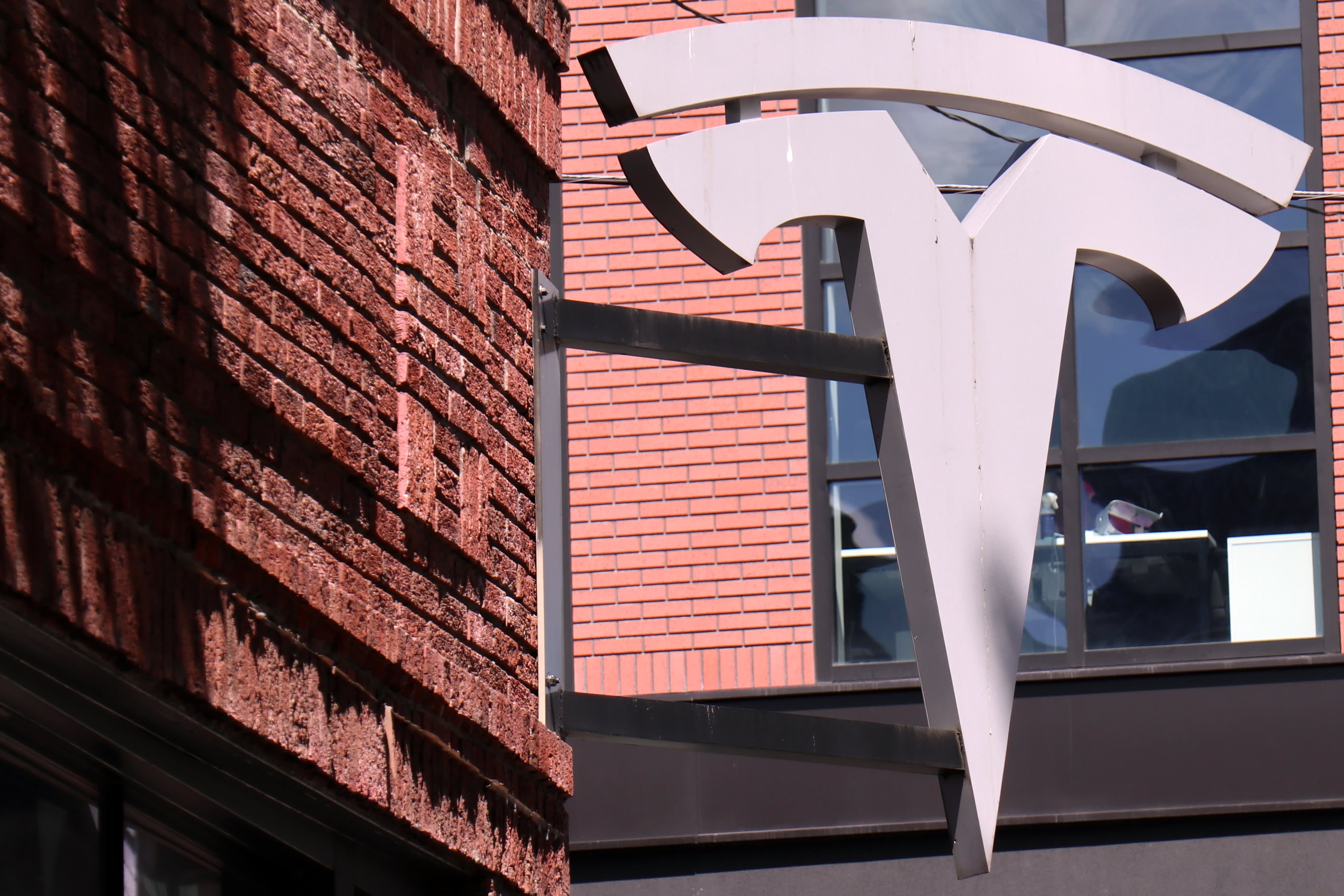Tesla delivered 241,300 electric vehicles during the third quarter of 2021, the company reported Saturday.
The quarter’s deliveries topped expectations. Analysts predicted that Tesla would deliver around 220,900 electric cars during this period, according to estimates compiled by StreetAccount as of September 30.
The company produced 237,823 cars in the period ending September 30, 2021, Tesla said in its report. Of that, 228,882 were its Model 3 and Y vehicles, its more affordable mid-range offerings.
The remainder produced amounted to 8,941 of its Model S and X vehicles.
Last quarter, Tesla delivered 201,250 vehicles and produced 206,421 cars, even as production of its Model S and X vehicles fell below 2,500.
“Our delivery count should be viewed as slightly conservative, as we only count a car as delivered if it is transferred to the customer and all paperwork is correct. Final numbers could vary by up to 0.5% or more,” the company said in a statement.
Tesla does not break out delivery numbers by model, nor does it report sales or production numbers from China versus the U.S. (Deliveries are the company’s closest approximation of vehicle sales.)
The press release announcing the production and deliveries report was dated Austin, Texas. Tesla’s web site still lists its headquarters as being in Palo Alto, Calif., but Elon Musk moved to Texas last year and the company is building a new factory in the Austin area.
Tesla is also planning to host its annual shareholder meeting at its plant, now under construction, near Austin on October 7. Musk previously threatened to move Tesla’s headquarters out of California in the spring of 2020 when the state’s Covid-related health orders required Tesla’s Fremont factory to temporarily suspend operations for a few weeks.
At the time, California Gov. Gavin Newsom told CNBC he was “not worried about Elon leaving any time soon,” and voiced support for Tesla.
Elon Musk‘s electric vehicle maker now produces cars at its Shanghai plant, and U.S. factory in Fremont, California, while continuing to produce batteries domestically with Panasonic at their sprawling facility outside of Reno, Nevada.
During the period ending September 30, 2021, Tesla began to ship some lithium iron phosphate batteries from China to be used in Model 3 vehicles made for customers in the U.S.
Tesla also temporarily suspended some operations at its vehicle assembly plant in Shanghai, where it makes cars for customers in China and Europe. The halts were attributed to a global semiconductor shortage, which has posed a challenge to Tesla all year, and plagued the entire auto industry.
New battery electric models, notably Rivian’s R1T and Lucid Motors’ long-delayed luxury Lucid Air sedan, are now in production and selling to customers in the U.S., an indication that competition is heating up in key markets for Tesla.
At the same time, interest in electric vehicles is rising too, even in the U.S. a laggard in adoption compared to China and Europe.
According to a June 2021 survey from Pew Research, 39% of Americans say that “the next time they purchase a vehicle, they are at least somewhat likely to seriously consider electric.” About 7% of Americans said they have already purchased a pure battery electric or hybrid-electric vehicle.
That demand is only encouraged by rising fuel costs and environmental regulations.
For example, in China, government programs make it far quicker and cheaper to get license plates for electric vehicles than internal combustion engine vehicles. The Chinese government has also offered subsidies, tax breaks and invested in charging infrastructure to encourage EV production and adoption.
Meanwhile, President Joe Biden set a voluntary target for half of all new vehicle sales in the US to be electric models by 2030– including battery electrics, plug-in hybrids, and hydrogen fuel cell vehicles. The move is part of the Biden administration’s pledge to reduce U.S. emissions by in half by 2030.
Piper Sandler senior research analyst Alexander Potter, a bull with a $1,200 price target for shares of Tesla, wrote in a note on September 27:
“Tesla’s share of the battery electric vehicle (BEV) market will almost certainly fall – because many peers haven’t started selling BEVs yet. But we fully expect Tesla’s share of the overall market to continue rising, and we stress that declining BEV market share should not be considered a bearish signal… After all, Tesla is competing against vehicles of all types – not just against other electric vehicles.”
Auto Forecast Solutions Vice President Sam Fiorani agreed. He said, “Tesla has such a head start on the competition in the EV market that it is unlikely for anyone to pass them anytime soon. The Cult of Tesla will keep buyers attached to the brand for years to come. Even Audi and Mercedes are finding it difficult to tap into the same type of aura. While their market share will decrease, Tesla will keep the leadership position for years to come without a major misstep from within the company.”
